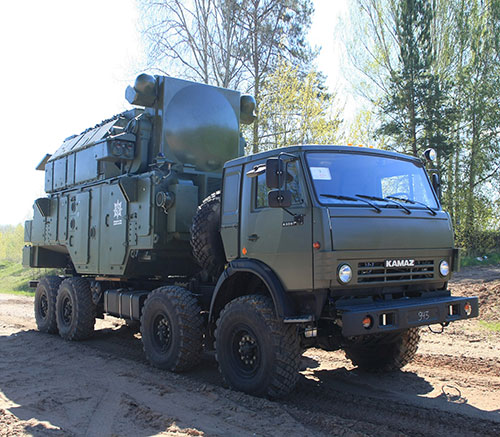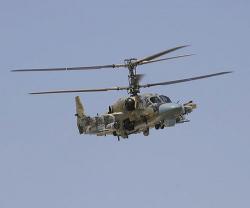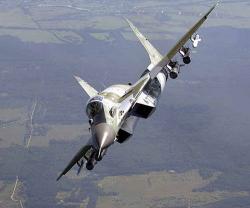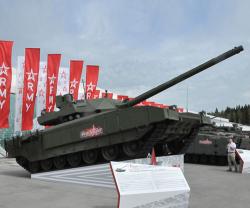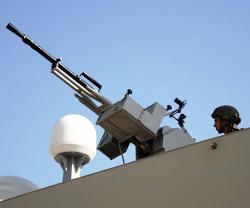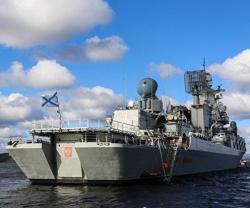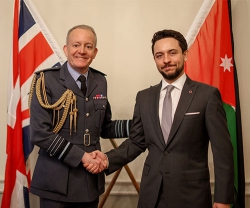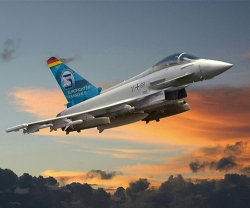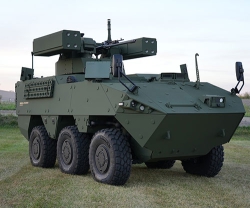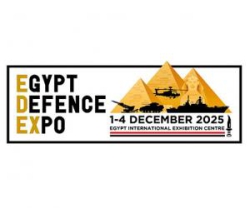Russian Tor short-range surface-to-air missile systems (SHORADs) have shot down dozens of Unmanned Aerial Vehicles (UAV) during their deployment in Syria, recently claimed Lieutenant-General Alexander Leonov, Commander of the Russian Ground Forces’ (Army) air defense troops.
Quoted by the local National Defense magazine, Leonov said that the Tor system had successfully fulfilled the tasks of protecting the Russian troops being located in Syria. Tors were used together with the S-400 and Pantsir-S systems to cover the Russian Khmeimim and Tartuss bases.
“Since the beginning of combat duty, over 45 terrorist-made UAVs have been hit by the crews of the combat systems”, added Lt. General Leonov.
The Tor SHORADs was developed and serially produced by the Izhevsk Electro-Mechanical Plant (IEMZ) Kupol (the Almaz-Antey Corporation subsidiary). The system is to provide close range air defense for military and civil objects against all type of aerial targets including aircraft, missiles, guided weapons and UAVs at medium, low and extremely low altitudes in the heavy air and electronic countermeasures environment. During the engagement process, all the target detection and identification, lock-on and missile control operations are done automatically with minimum operator participation.
The core of the system is the 9A331MEcombat vehicle (CV) being armed with eight 9M330surface-to-air missiles (SAM). The system detection range is 32km to track up to 48 targets simultaneously. The system determines up to 10 priority targets to fire at 4 of them simultaneously. Tor is able to destroy targets at a flight altitude from 10 m to 10 km flying with a speed up to 700 km/h.
The vehicle has a crew of 3 being able to move with a speed up to 65 km/h on a highway and negotiate cross-country terrain with a speed of up to 45 km/h.
Russia has been marketing the Tor-M2KMmodular version which can employ a variety of vehicles as well as a stationary system. The Tor-M2KM’s combat module can be transported by either a fixed-wing aircraft or a heavy helicopter. The new vehicle employs 16 SAM.
Earlier this summer the Russian ITAR-TASS reported that Tor-M2 system had been modified to guard the oil and gas infrastructure facility which are vulnerable to open fire. The missile launch was turned to the so-called “mortar start” when the missile engine starts only at the height of 20-30 m. Thus, a missile launch poses no threat to oil and gas extraction and refinement facilities.
According to the manufacturer’s official information, the module can protect a 700 km2 area against aerodynamic targets and a 150 km2 area - against high-precision weapons. When a four-unit Tor-M2KM battery is employed, these figures increase to 1,250 km2 and 450 km2, respectively.
Apart of the Russian Army and several CIS nations, Tor SHORADs has been exported to a number of countries including China, Venezuela, Republic of Cyprus and Iran. Last year the vehicle was displayed at the Russia-Africa summit in Sochi. The Tor latest version took part at the Red Square Parade on June, 24, 2020.
This month, the Russian MoD spokesman reported that Tor-M2 had been tested against the targets to simulate a ballistic missile.

